Intro
Managing Blood Sugar 500 symptoms requires prompt treatment. Learn about hyperglycemia causes, diabetes complications, and glucose control methods to prevent long-term damage and stabilize blood glucose levels.
Having blood sugar levels at 500 mg/dL is a serious condition that requires immediate medical attention. This condition is known as hyperglycemia, and it can lead to severe complications if left untreated. Hyperglycemia occurs when the body has too much glucose in the blood, and it can be caused by various factors, including diabetes, certain medications, and hormonal imbalances. In this article, we will discuss the symptoms and treatment of blood sugar levels at 500 mg/dL.
High blood sugar levels can cause a range of symptoms, from mild to severe. Some of the common symptoms of hyperglycemia include increased thirst and urination, blurred vision, fatigue, and headaches. If left untreated, hyperglycemia can lead to more severe complications, such as diabetic ketoacidosis, nerve damage, and kidney damage. It is essential to recognize the symptoms of hyperglycemia and seek medical attention immediately if you experience any of them.
The symptoms of blood sugar levels at 500 mg/dL can be divided into two categories: mild and severe. Mild symptoms include increased thirst and urination, dry mouth, and fatigue. Severe symptoms include confusion, seizures, and loss of consciousness. If you experience any of these symptoms, it is crucial to seek medical attention immediately. Hyperglycemia can be treated with medication, lifestyle changes, and dietary modifications. In some cases, hospitalization may be necessary to manage the condition and prevent complications.
Blood Sugar 500 Symptoms
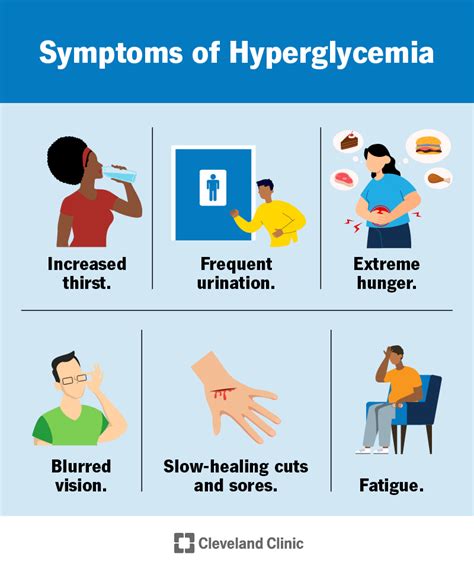
Severe Symptoms
Severe symptoms of blood sugar levels at 500 mg/dL include: * Confusion: High blood sugar levels can cause confusion, disorientation, and difficulty concentrating. * Seizures: High blood sugar levels can cause seizures, which can be life-threatening if left untreated. * Loss of consciousness: High blood sugar levels can cause loss of consciousness, which can be life-threatening if left untreated. * Nerve damage: High blood sugar levels can cause nerve damage, which can lead to numbness, tingling, and pain in the hands and feet. * Kidney damage: High blood sugar levels can cause kidney damage, which can lead to kidney failure and the need for dialysis.Blood Sugar 500 Treatment
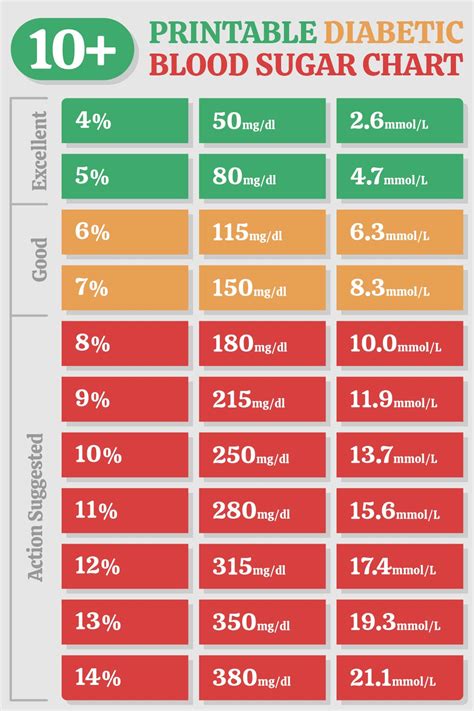
In some cases, hospitalization may be necessary to manage the condition and prevent complications. Hospitalization may be necessary if the person has severe symptoms, such as confusion, seizures, or loss of consciousness. Hospitalization may also be necessary if the person has a history of hyperglycemia or if they have underlying medical conditions, such as kidney or heart disease.
Lifestyle Changes
Lifestyle changes can help manage blood sugar levels and prevent complications. Some lifestyle changes that can help manage blood sugar levels include: * Increasing physical activity: Regular physical activity can help lower blood sugar levels and improve insulin sensitivity. * Losing weight: Losing weight can help lower blood sugar levels and improve insulin sensitivity. * Quitting smoking: Quitting smoking can help lower blood sugar levels and improve overall health. * Eating a healthy, balanced diet: Eating a healthy, balanced diet that is low in sugar and refined carbohydrates can help manage blood sugar levels. * Getting enough sleep: Getting enough sleep can help manage blood sugar levels and improve overall health.Managing Blood Sugar Levels
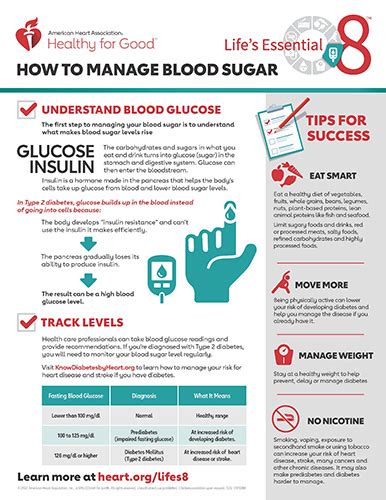
Preventing Complications
Preventing complications is crucial to managing blood sugar levels and improving overall health. Some ways to prevent complications include: * Monitoring blood sugar levels regularly: Monitoring blood sugar levels regularly can help identify any changes or fluctuations in blood sugar levels. * Taking medication as prescribed: Taking medication as prescribed can help manage blood sugar levels and prevent complications. * Making lifestyle changes: Making lifestyle changes, such as increasing physical activity and eating a healthy, balanced diet, can help manage blood sugar levels. * Getting regular check-ups: Getting regular check-ups with a healthcare provider can help monitor blood sugar levels and prevent complications.Blood Sugar 500 Diet
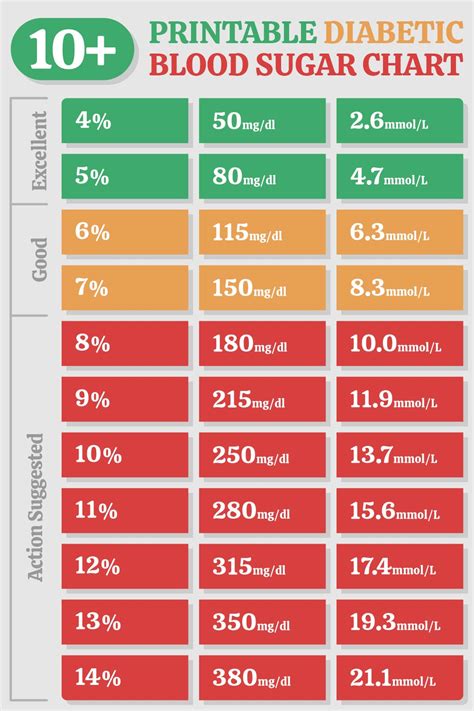
Foods to Avoid
Some foods that should be avoided when managing blood sugar levels include: * Sugary drinks: Sugary drinks, such as soda and sports drinks, are high in sugar and can cause a spike in blood sugar levels. * Refined carbohydrates: Refined carbohydrates, such as white bread and pasta, are high in sugar and can cause a spike in blood sugar levels. * Processed meats: Processed meats, such as hot dogs and sausages, are high in sugar and sodium and can cause a spike in blood sugar levels. * Fried foods: Fried foods, such as french fries and fried chicken, are high in sugar and unhealthy fats and can cause a spike in blood sugar levels.Blood Sugar 500 Exercise
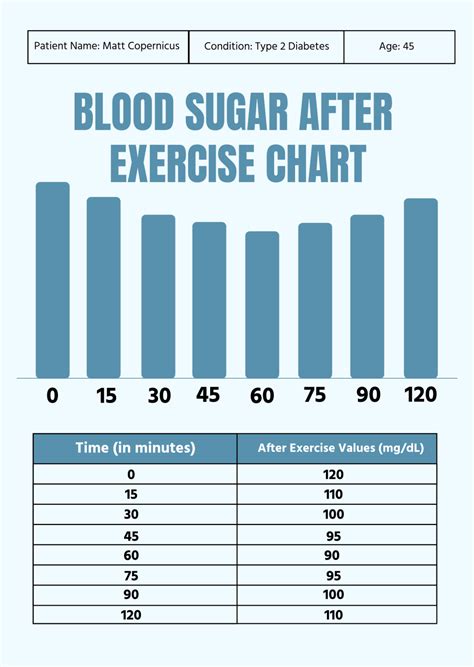
Benefits of Exercise
Exercise has several benefits for managing blood sugar levels, including: * Lowering blood sugar levels: Exercise can help lower blood sugar levels and improve insulin sensitivity. * Improving insulin sensitivity: Exercise can help improve insulin sensitivity, which can help manage blood sugar levels. * Reducing stress: Exercise can help reduce stress, which can help manage blood sugar levels. * Improving overall health: Exercise can help improve overall health, which can help manage blood sugar levels.Blood Sugar 500 Medication

Side Effects of Medication
Medications for managing blood sugar levels can have side effects, including: * Nausea and vomiting: Some medications can cause nausea and vomiting. * Diarrhea: Some medications can cause diarrhea. * Headaches: Some medications can cause headaches. * Dizziness: Some medications can cause dizziness. * Weight gain: Some medications can cause weight gain.What are the symptoms of blood sugar levels at 500 mg/dL?
+The symptoms of blood sugar levels at 500 mg/dL include increased thirst and urination, blurred vision, fatigue, and headaches. Severe symptoms include confusion, seizures, and loss of consciousness.
How can blood sugar levels at 500 mg/dL be treated?
+Blood sugar levels at 500 mg/dL can be treated with medication, lifestyle changes, and dietary modifications. Medications used to treat hyperglycemia include metformin, sulfonylureas, and insulin. Lifestyle changes include increasing physical activity, losing weight, and quitting smoking. Dietary modifications include eating a healthy, balanced diet that is low in sugar and refined carbohydrates.
What are the complications of blood sugar levels at 500 mg/dL?
+The complications of blood sugar levels at 500 mg/dL include diabetic ketoacidosis, nerve damage, and kidney damage. If left untreated, hyperglycemia can lead to severe complications, such as heart disease, stroke, and kidney failure.
How can blood sugar levels be managed?
+Blood sugar levels can be managed by monitoring blood sugar levels regularly, taking medication as prescribed, making lifestyle changes, and getting regular check-ups with a healthcare provider. Lifestyle changes include increasing physical activity, losing weight, and quitting smoking. Dietary modifications include eating a healthy, balanced diet that is low in sugar and refined carbohydrates.
What are the benefits of exercise for managing blood sugar levels?
+Exercise has several benefits for managing blood sugar levels, including lowering blood sugar levels, improving insulin sensitivity, reducing stress, and improving overall health. Exercise can also help manage weight, improve cardiovascular health, and reduce the risk of complications.
In conclusion, blood sugar levels at 500 mg/dL are a serious condition that requires immediate medical attention. The symptoms of hyperglycemia can vary from person to person, but they can include increased thirst and urination, blurred vision, fatigue, and headaches. Treatment of hyperglycemia includes medication, lifestyle changes, and dietary modifications. It is essential to manage blood sugar levels to prevent complications and improve overall health. By monitoring blood sugar levels regularly, taking medication as prescribed, making lifestyle changes, and getting regular check-ups with a healthcare provider, individuals can manage their blood sugar levels and prevent complications. We invite you to share your thoughts and experiences with managing blood sugar levels in the comments below. If you found this article helpful, please share it with others who may benefit from this information.
